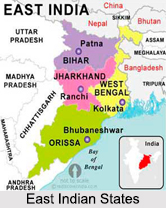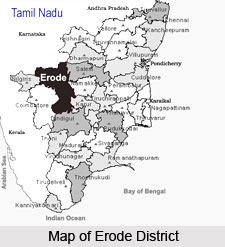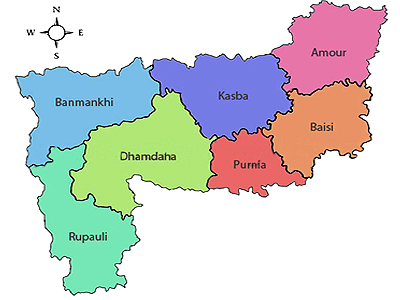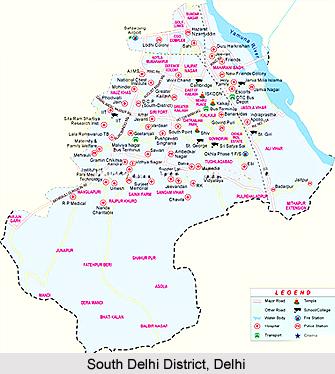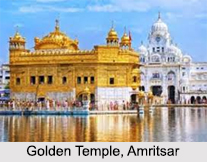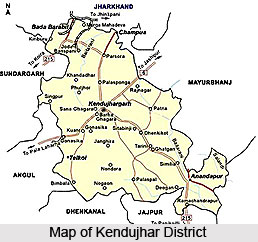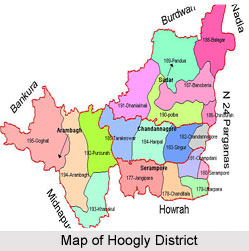Nahar Singh was the youngest of Suraj Mai"s five sons. Being the favourite of his father, the elders of the Jat tribe chose Nahar Singh as the heir of the late king of Bharatpur. Maharaja Suraj Mai had five sons—Jawahar Singh, Nahar Singh, Ratan Singh, Nawal Singh and Ranjeet Singh. Since Suraj Mai thought of leaving him as his successor, he had already begun to initiate Nahar Singh in the arts of government. However, Nahar Singh was a boy of dull and narrow outlook and of feeble intelligence. With his meek attitude he presented a sad contrast to his eldest brother Jawahar Singh. He was a typical good natured boy, respectful to his father`s will, polite to his superiors, pious and religious, with great reverence for the Brahmins fit for everything but ruling and administering a state in stormy times.
On the other hand, Suraj Mai"s most intelligent and talented queen Rani Kishori was childless and favoured Jawahar Singh but Suraj Mai bore a liking to Nahar Singh. Moreover, Jawahar Singh was unpopular among his subjects because of his fiery temper, rashness and want of self-control. When it was decided that Nahar Singh was to ascend the throne, Jawahar Singh rebuked the chiefs for their irrational consideration to elect the successor of Suraj Mai without first thinking of avenging his death. This reproach confused the tribal elders.
Nahar Singh, knowing his chance to ascend the throne had been diminished, fled away to Kumher from where he gathered his family partisans and wealth and retired to Jaipur for refuge. Being the favourite son of his father Nahar Singh had held Dholpur as his inheritance from his father"s time. He had a beautiful wife whom Jawahar Singh desired and so in self defense Nahar Singh strengthened Dholpur and threw himself under the guard of Malhar Rao Holkar, who was then campaigning against the Rana of Gohad. Backed by the Maratha general, Nahar Singh claimed the throne of Bharatpur against Jawahar Singh, whom he criticised as a son born of a low caste mother and not of a pure Jat queen. The Marathas, who always coveted the wealth of India, jumped at this prospect of a war of succession in the Jat Kingdom. Holkar`s diwan greedily eyed the prospect of sharing Bharatpur"s enchanted fortune with Nahar Singh.
From the Maratha camp, Nahar Singh kept up a secret correspondence on Jawahar`s state, claiming his supremacy as Suraj Mai`s fully legitimate heir. Malhar Rao Holkar was engaged in fighting the Rana of Gohad, a Jat prince, who was supported by Jawahar Singh. Grabbing the occasion for interfering in the internal affairs of Bharatpur, Holkar made Nahar Singh his godson, because the latter was rich enough to pay a good price for this paternal affectation. He sent a huge force along with the men of Nahar Singh and captured the fort of Dholpur and the men looted the Jat villages from Dholpur up to the walls of Deeg and Agra. Jawahar Singh"s army gave a counter attack on Holker"s men with their frontline bristling with guns. Towards sunset when the perplexed Marathas turned to retire, the Jats charged upon them and killed thousand of Marathas and Jawahar Singh easily captured Dholpur. Nahar Singh who had already retired to the army of Malhar Rao lost his estate and was abandoned by the Marathas. He took refuge in Jaipur and then at Shahpura, where in hopelessness and despair he swallowed poison. His family retired to the protection of the Raja of Jaipur, having carried the most part of their riches and probably the knowledge of the whereabouts of the great part of the treasure of Suraj Mai, of whom Nahar Singh, the destined successor, had been the confidant.
